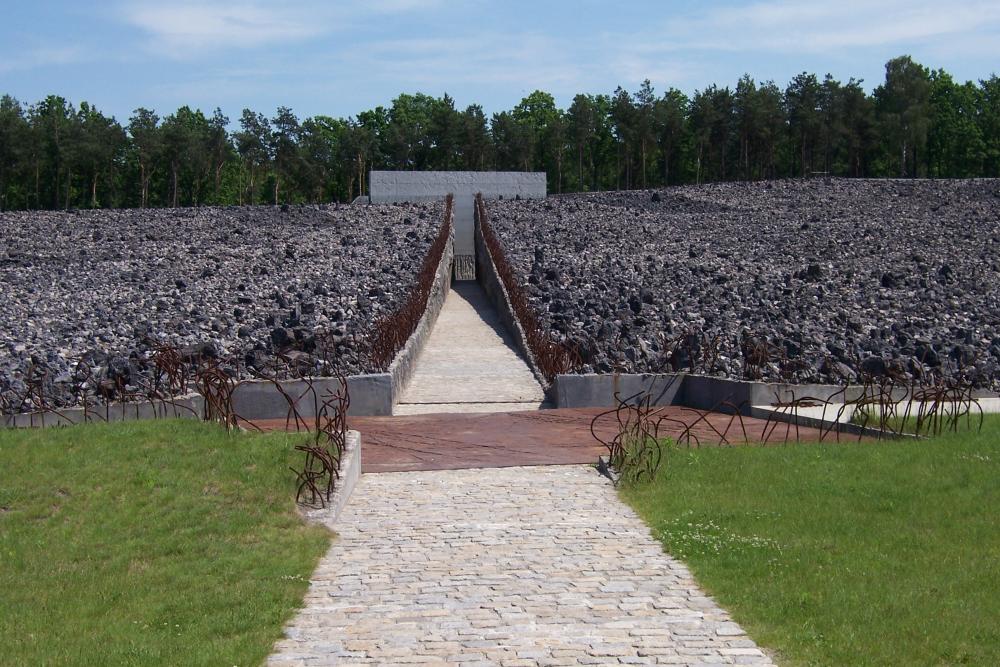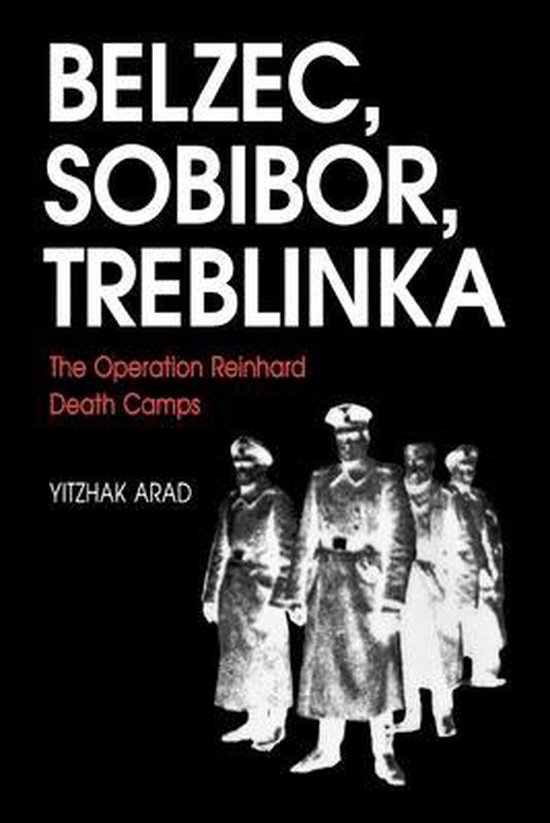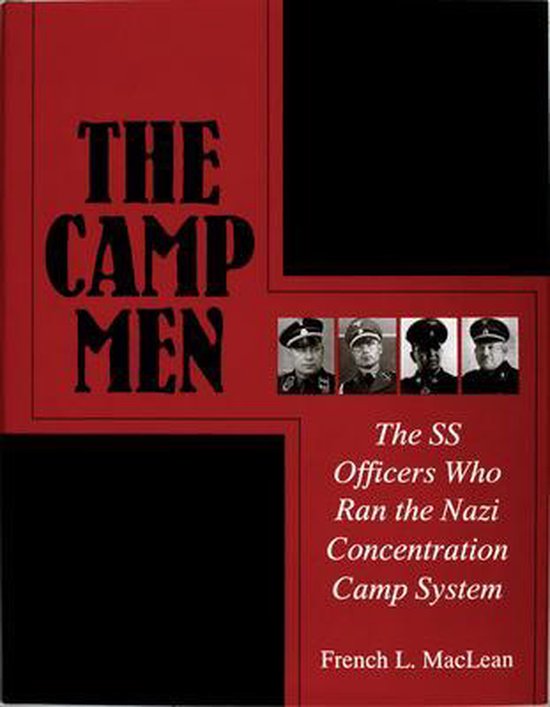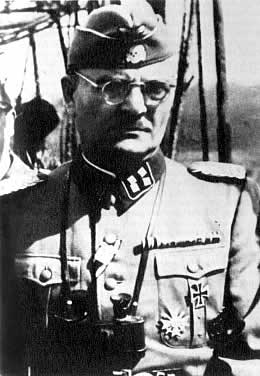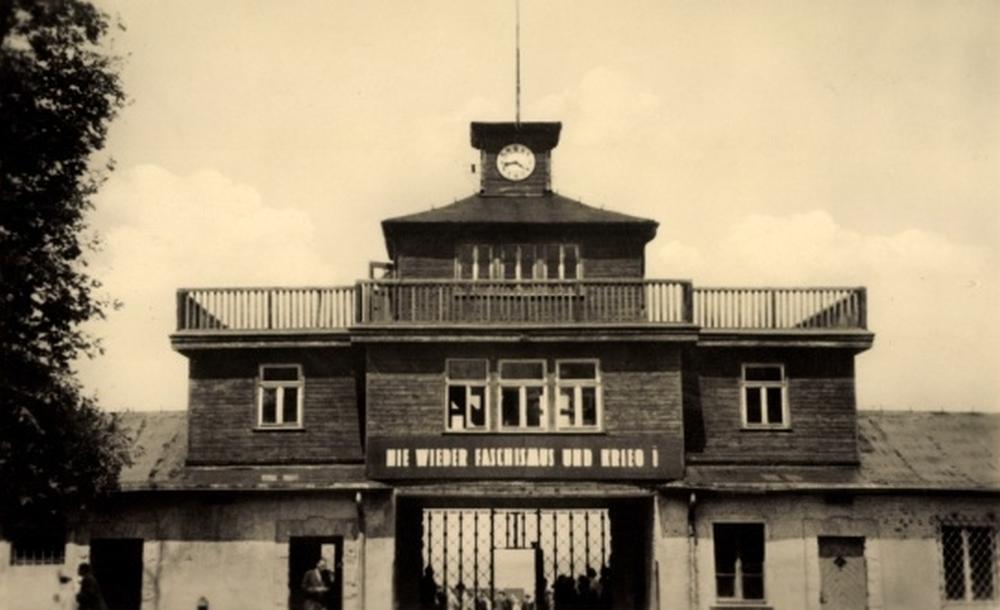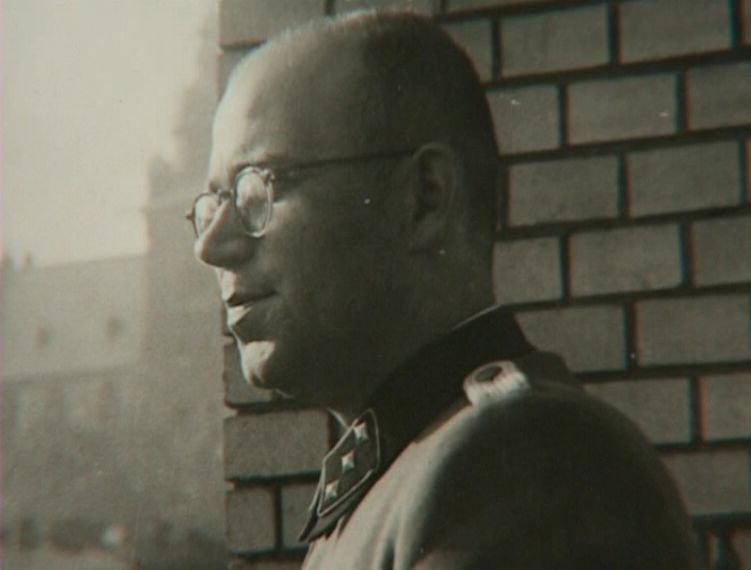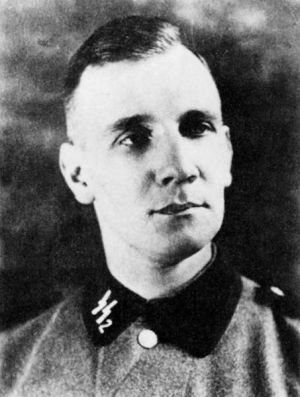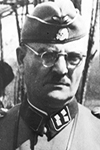Extermination Camp Belzec
Belzec is situated in the far southeastern corner of Poland, not too far away from the border with Ukraine. Near this small village the very first extermination camp established by the Nazis was being exploited and ran from 17 March 1942 to December 1942. It was situated along the Lublin-Lemberg (Lwow) railway.
Together with the camps Sobibor and Treblinka, also located in Poland, Belzec formed the heart of the Aktion Reinhard, the plan of the Nazis to kill as many Jews as possible by gassing in the shortest possible time. Combustion engines were used in the extermination camps of the Aktion Reinhard. The exhaust gases from these engines were directly released into the gas chambers.
About 435.000 people perished in Belzec. The majority was Jewish but also a number of Gypsies were murdered in the camp. These predominantly Polish Jews mainly originated from Krakow and the surrounding area, and from the districts of Galicia and Lublin. In addition, there were also victims from Austria, Germany and Czechoslovakia. Only three men are known to have survived both Belzec and the war: Chaim Hirszman, Rudolf Reder and Izrael Szapiro, a rabbi.
Belzec's first commander, Christian Wirth, quickly turned the camp into a 'thriving' murder factory. In August 1942 he was therefore promoted to inspector of the three Aktion Reinhard extermination camps. His successor as commander of Belzec was Gottlieb Hering.
Like Sobibor and Treblinka, Belzec was razed to the ground after the camp closed. Nothing should remain visible from the massive murder that had taken place here. With success it seem, as of the original camp very little to nothing remains today. After years of neglect, in 2004 a new and great memorial was erected on the site of the camp. Since then, Belzec's history has become more widely known and the place has also attracted more visitors.
For current visiting hours, please visit the website of the museum.
Do you have more information about this location? Inform us!
Source
- Text: Frank van der Elst
- Photos: Frank van der Elst

